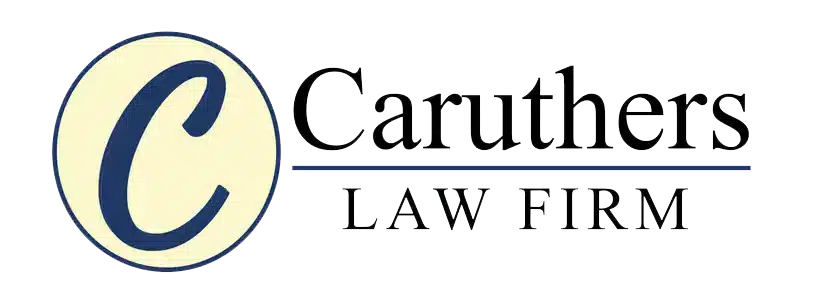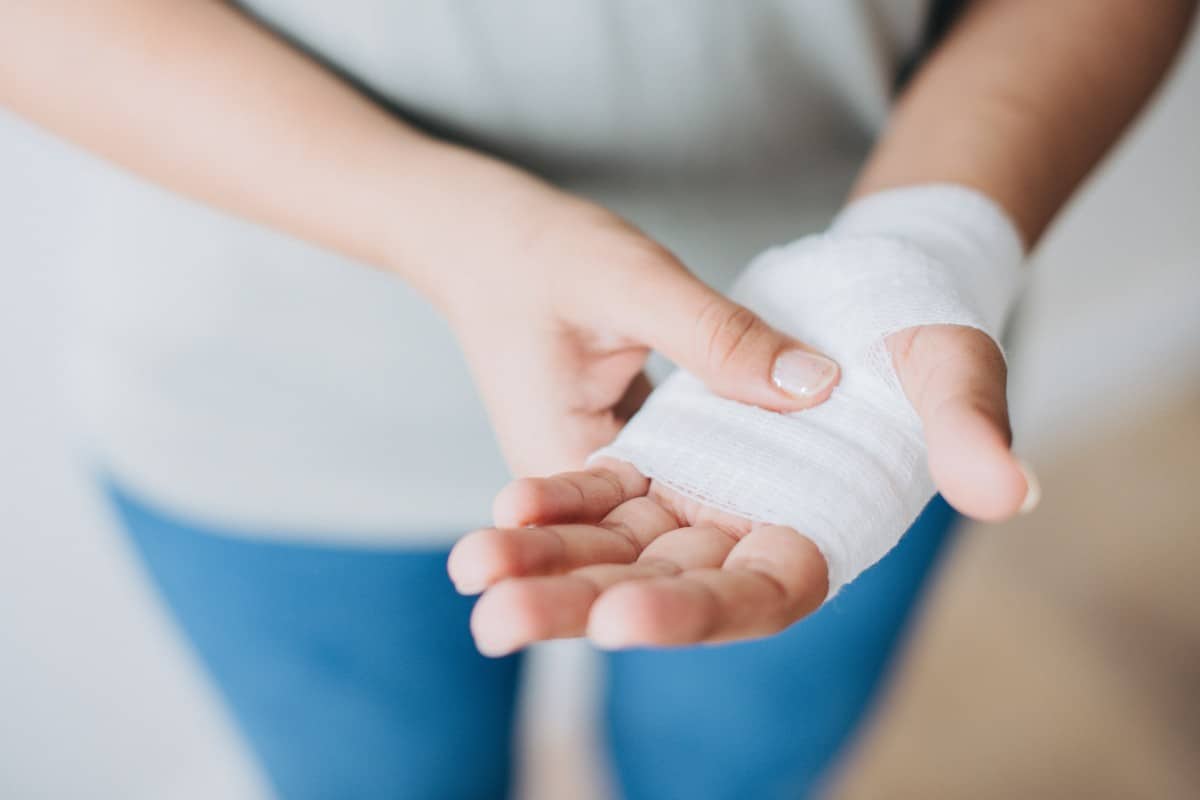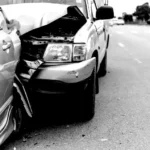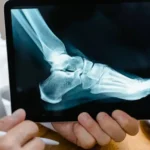Have you been injured and are in need of a free consultation with a personal injury attorney in Tomball, TX? Our legal team can help you. Beverly R. Caruthers is an experienced personal injury lawyer in Tomball, Texas.
Process of Filing a Personal Injury Lawsuit in Texas
A personal injury lawsuit in Texas begins at the time of an accident. This is when the statute of limitations or time limit starts to tick. It is often better for a person to consult with a personal injury lawyer as early in the process as possible so that he or she can provide targeted advice and representation from the onset of a case.
A personal injury lawyer will conduct an investigation into the accident, identify the potentially liable parties and consult with the accident victim to determine the possible legal grounds to recover compensation for the damages. During this investigative process, the personal injury lawyer may interview witnesses, gather medical records, review police reports and consult with experts.
The personal injury lawyer or accident victim will usually file a claim against the insurance company first, if applicable. Many personal injury claims are resolved successfully through this process. A personal injury lawyer can assess the potential value of the claim based on the specific circumstances of your claim and previous case results with similar fact patterns. The Texas Insurance Code requires insurers not to engage in bad faith practices when negotiating insurance claims. However, insurance adjusters represent the interests of their employers, the insurance companies, so they will try to deny or devalue as many claims as possible.
If a fair settlement is not successfully negotiated, a personal injury lawyer can pursue the formal process of participating in litigation, which includes the following steps:
- Filing a complaint – The lawsuit begins when the personal injury victim files a complaint against the at-fault party in the appropriate court, naming the defendant.
- Service of complaint – The complaint must be legally served on the defendant with a summons to appear for a court date.
- Filing of pre-trial motions – The personal injury lawyer or lawyer representing the defendant may file motions before the official trial. These motions may ask the court to rule on the admissibility of certain evidence, to order the other party to provide certain information, to provide certain information, to grant a summary judgment or to dismiss the case, as applicable.
- Trial – If the parties are unable to resolve the case before the trial date, the parties then participate in the trial process. If there is a jury, the first step will be the voir dire process in which the lawyers try to determine if any of the jurors would be biased and unable to render a fair verdict. Once the jury is selected, the trial begins. Each party provides an opening statement. Witnesses are examined and cross-examined. Evidence is presented. At the end of the trial, the judge or jury renders a verdict. If the case is ruled in the plaintiff’s favor, the judge or jury calculates the damages, based on the specific circumstances surrounding the claim.
- Enforcement of judgment – If the defendant or its insurance company does not provide the compensation awarded, the plaintiff and his or her legal team may have to take additional steps to actually receive the money that was ordered by the judge or jury.
- Appeal – If one or both of the parties believe that the judge made important mistakes during the trial that impacted its outcome, they may appeal the decision to the next court level.
Negligence Principles in Texas
Most personal injury claims in Texas are based on the legal theory of negligence. This cause of action requires that the plaintiff establish the following legal elements by proof by the preponderance of the evidence:
- The defendant owed the victim a duty of care
- The defendant breached this duty it owed to the plaintiff
- The breach caused the victim to suffer an injury
- The victim did suffer damages stemming from the injury
Ultimately, these elements ensure that lawsuits that are filed only against parties that are legally responsible for them and resulted in actual harm. The lawsuit’s goal is to establish that the plaintiff did suffer damages and is legally entitled to receive compensation for these damages. Each of these elements is discussed in further detail below.
Legal Duty
The first question to ask in a personal injury lawsuit is if the defendant owed the plaintiff a duty of care. The plaintiff must establish what this duty is. For example, in some situations, the legal duty is based on a special relationship between the parties, such as a school teacher’s duty to pupils or a doctor’s duty to a patient. Some duties are imposed by law, such as the requirements of drug manufacturers to list possible side effects and other warnings on their products. In other situations, the duty may be considered a general duty of care in which all persons owe each other a duty to conduct themselves in a reasonable and safe manner that a reasonably prudent person would act in under similar circumstances.
Breach of Duty
The next element that must be established is that the defendant breached the duty of care. This can be established by showing what the defendant did or did not do under the circumstances and comparing it to what a prudent person would do under the circumstances. For example, in a motor vehicle accident, the victim may be able to show that the defendant breached the duty of care by speeding, driving in an impaired or distracted state, running a red light or violating other traffic rules.
Causation
The victim must also be able to establish that the breach of duty caused the injury and that the injury was not caused by some other factor. The breach of duty must be the actual cause of the accident. If the defendant would not have acted in a certain way or failed to act in a certain way, then the accident would not have happened. Additionally, the breach of duty must be considered the “proximate cause” of the victim’s injuries. This usually means that the defendant was in a position to predict that the type of accident could occur and failed to take the necessary steps to prevent it.
Damages
Even if the plaintiff can clearly establish that the defendant was responsible for the accident, there will be no compensation if the victim did not suffer damages. There must be some right to recovery based on some harm that befell the victim. For example, a victim may suffer a physical injury and incur medical bills. In other situations, the victim may show that he or she suffered property damage or emotional distress from the accident.
When you are seeking a free consultation with a personal injury attorney in Tomball, TX our team is here for you. We provide legal representation for those who have been injured throughout the Greater Houston, TX area. Whether you have lost someone and are pursuing a wrongful death case, have suffered catastrophic injuries, or have been injured in a car accident we will work with you. We handle cases to help you get the compensation you deserve.
Personal Injury Lawyer in Houston, Texas
If you or someone you love has been involved in a car accident and suffered an injury, experienced loss of income, or are unable to work due to a car accident, you can benefit from the services of a Houston car accident expert in your personal injury case. Whether you missed work due to an injury or due to not having access to a vehicle, Attorney Beverly R. Caruthers can help you!
Caruthers Law Firm
Address: 4141 Southwest Fwy, Suite 400
Houston, TX 77027
(713) 526-9557
View our Website
View our Facebook page
View our Google Listing






